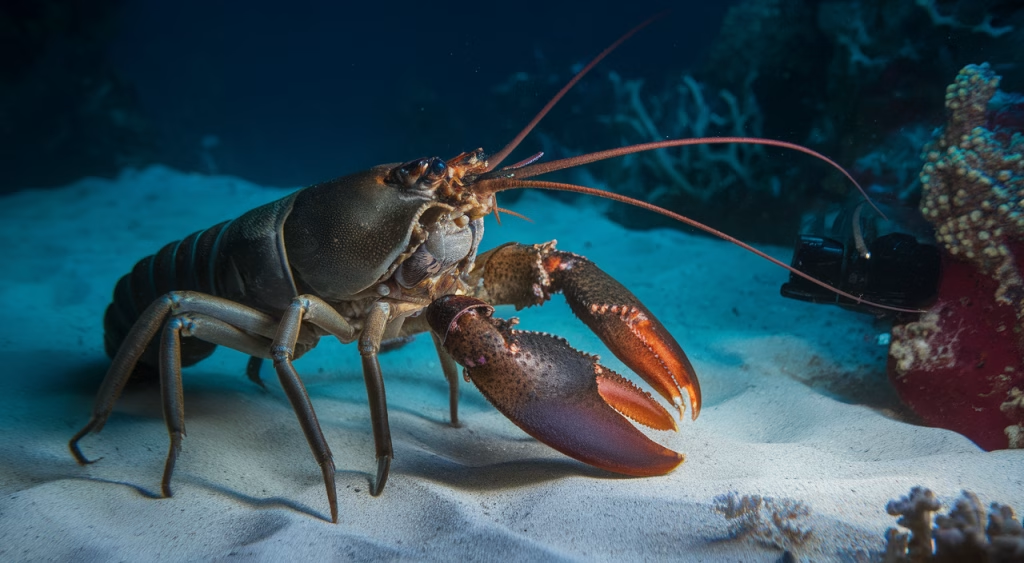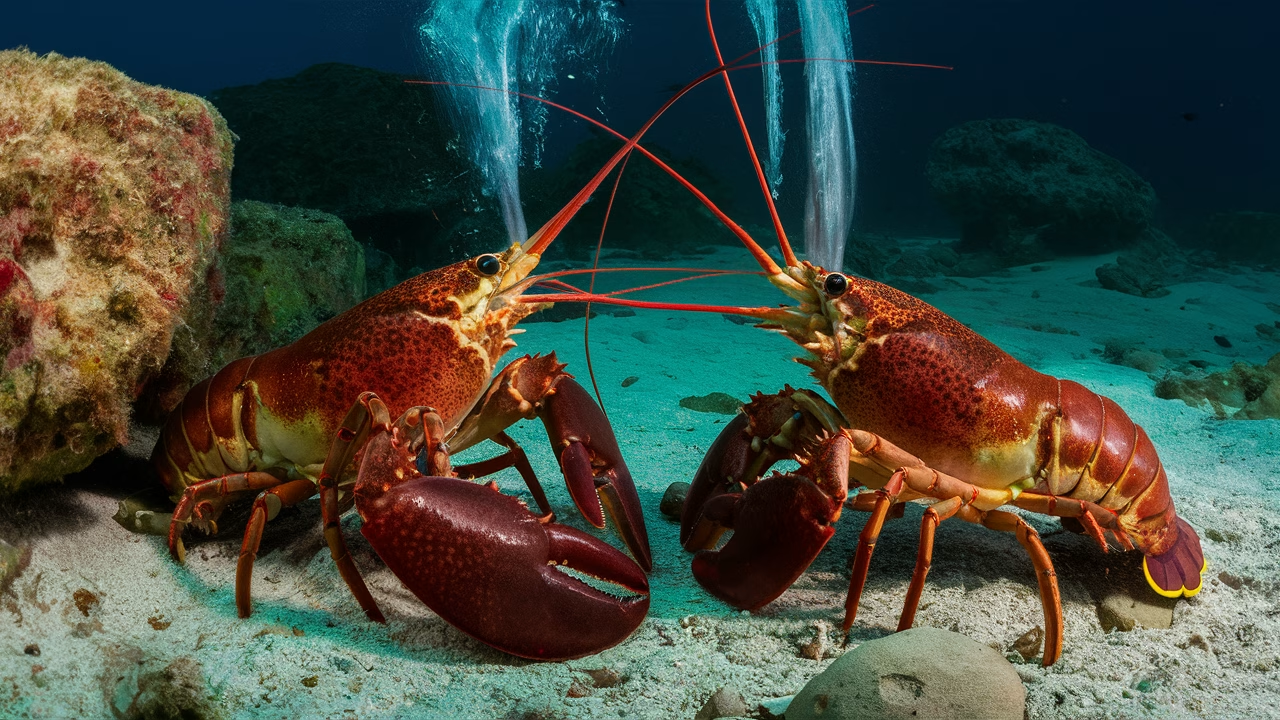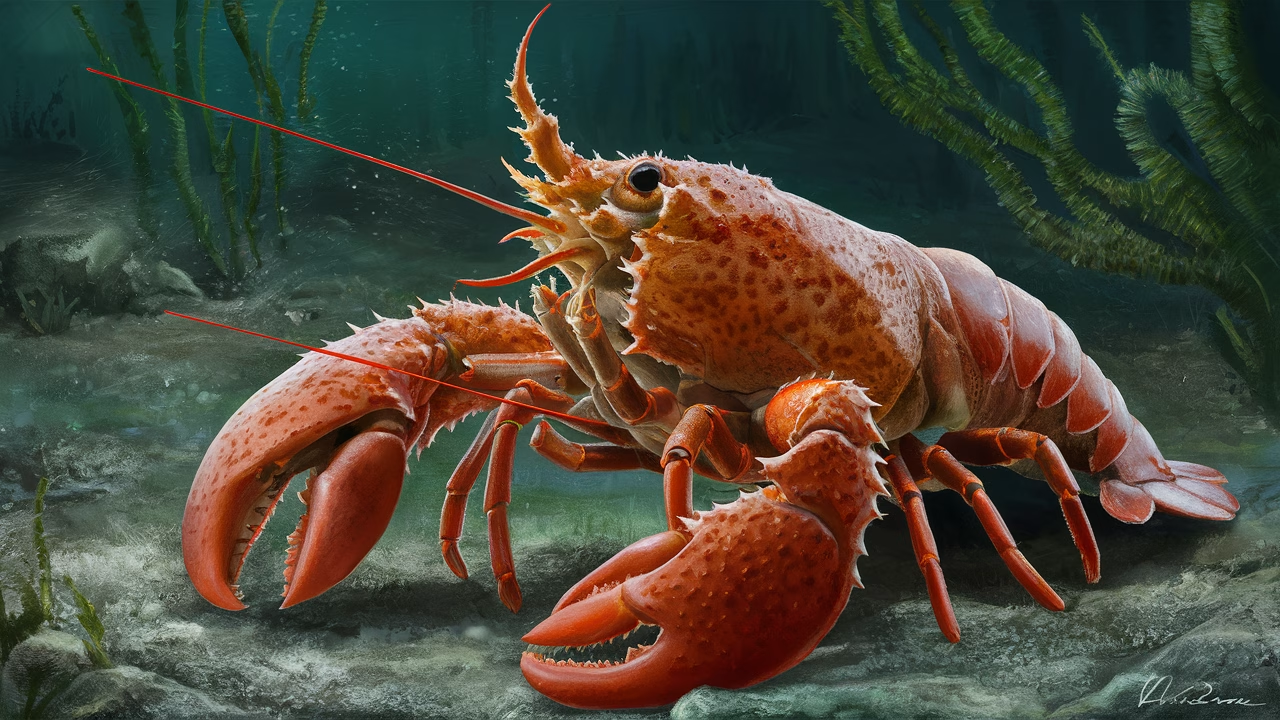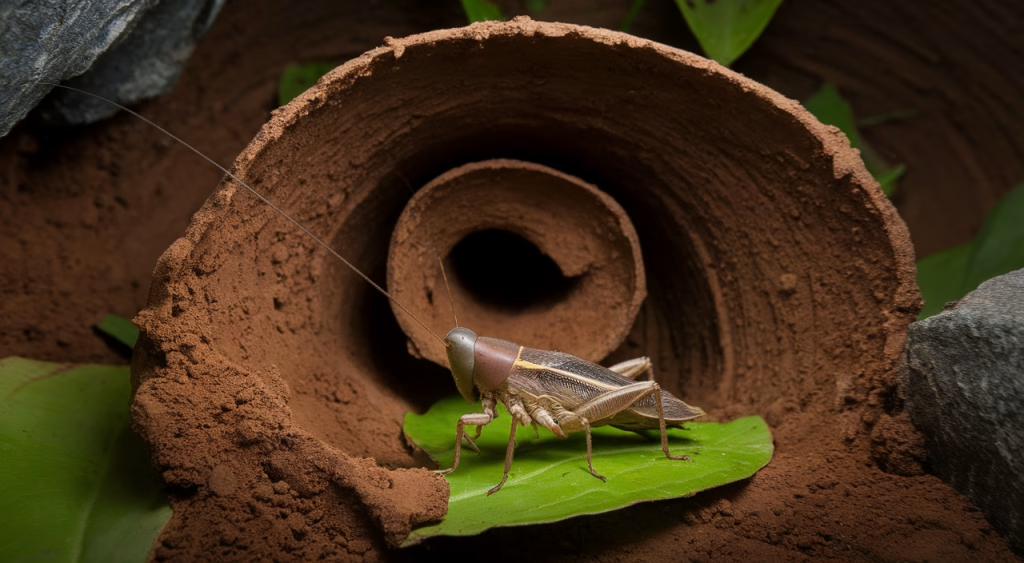Why do lobsters pee out of their faces?
As strange as it sounds, lobsters urinating from their faces is a key part of how they communicate, attract mates, and establish dominance. This remarkable lobster behavior is their way of creating underwater chemical conversations using powerful pheromones.
TL;DR: Lobsters Peeing Out of Their Faces — Explained
- Main Behavior: Lobsters eject urine from glands located at the base of their antennae — yes, their “face.”
- Why It Happens: Urine is filled with pheromones that communicate messages like aggression or sexual interest.
- In Mating: Females pee in males’ faces to show interest, triggering complex lobster courtship behavior.
- In Fights: Males pee to demonstrate dominance or deter rivals, making it part of their battle strategy.
- Biological Benefit: It helps manage territory, reduce physical conflict, and enhance mating success.
The Secret of Lobsters’ Peeing Behavior
Nature never runs out of surprises, and few marine creatures showcase such bizarre — yet functional — behavior as the lobster. If you’ve ever wondered how these fascinating animals navigate social life with those big claws and hard shells, look no further than their remarkable communication system.
Urine in lobsters is not just a waste product — it’s their primary language. These marine creatures have evolved to use chemical signals, primarily excreted from nephropores located just beneath their eyes, as a sophisticated scent-based messaging system that governs their entire social structure.
Understanding Lobster Communication
In the cold, dark ocean depths where these marine creatures thrive, vision is limited and vocal sounds don’t travel effectively. That’s why lobsters have developed an intricate system of lobster communication that relies heavily on chemical signals dispersed through the water.
When a lobster wants to warn a rival or initiate courtship, it contracts its bladder muscles, releasing a targeted stream of pheromone-rich urine across the water current. This lobster behavior is like sending a scented telegram through the sea, conveying complex messages instantly.
The Role of Pheromones
Pheromones carried in lobster urine are the bioactive messengers that allow these marine creatures to communicate their intentions without physical confrontation. These powerful chemical signals enable dominant males to mark their territory while females can indicate their readiness to mate with remarkable precision.
Mating Rituals of Lobsters
Now things get especially fascinating — lobster courtship represents one of nature’s most unique romantic strategies. Lobster mating rituals aren’t built on visual displays or sounds, but on sophisticated chemical conversations that determine reproductive success.
A Closer Look at Lobster Courtship
The mating game begins when a female selects the largest, most dominant male in her territory. But instead of simply approaching, she initiates lobster courtship by releasing pheromone-laden urine directly toward him. This bold lobster behavior signals her reproductive readiness and interest in establishing a mating partnership.
During this courtship phase, she may spend days near his burrow, regularly releasing these chemical signals until he recognizes her intentions. Over time, his aggressive responses diminish as the pheromones work their magic, eventually leading to acceptance and mating.
The Significance of Face-Peeing
This unusual form of chemical communication works remarkably well in lobster society. Just as specific scents can trigger responses in humans, lobster urine contains unique compounds that instantly influence social and sexual behavior among these marine creatures.
For marine biologists, studying this lobster behavior has revealed the incredible complexity of crustacean social structures, demonstrating how these animals engage in highly sophisticated forms of underwater communication.
Implications on Lobster Behavior
With both mating and territorial disputes largely orchestrated through chemical cues, facial urination serves as the foundation of lobster social organization. But what does this mean for our understanding of these remarkable marine creatures?
Evolutionary Insights
One common misconception assumes that survival success depends solely on physical strength or cunning. In lobsters, chemical sophistication has evolved as a crucial adaptive advantage, reducing the need for dangerous physical conflicts while dramatically increasing reproductive success rates.
The evolution of specialized urinary systems near the antennae allows for precise pheromone delivery — an incredibly efficient method for these marine creatures to interact with specific individuals at optimal moments for maximum behavioral impact.
Impact on Lobster Communities
Just as human societies use body language and speech to create social structures, lobsters establish complex hierarchies and social bonds through their unique chemical communication system. Dominant individuals use strategic urine release to maintain control, while subordinate lobsters navigate social dynamics through careful pheromone management.
You’ll observe entire lobster communities organizing their daily routines around these chemical interactions — from territorial greetings to mating negotiations — all orchestrated through precisely timed releases of pheromone-rich urine.
Final Thoughts
From lobster courtship to territorial disputes, these marine creatures’ unique communication method reveals the sophisticated social lives hidden beneath their armored exteriors. It demonstrates how species without vocal abilities or expressive features create complex communities, select optimal mates, and maintain social order through remarkable chemical signaling.
Still think lobsters are just simple crustaceans scuttling along the ocean floor? Look deeper and you’ll discover these marine creatures possess one of nature’s most ingenious communication strategies, proving that evolutionary innovation comes in the most unexpected forms.
Frequently Asked Questions
- What is the mating ritual of lobsters? Lobsters engage in a unique courtship where females pee in the males’ faces to signal interest. This triggers a series of behaviors that result in the female moving into the male’s burrow for mating.
- How do lobsters use pee to fight? Males often start by urinating aggressively toward rivals, signaling dominance or warning. The scent can deter further aggression, preventing unnecessary physical battles.
- Do lobsters pee only during mating? No, lobsters pee during both mating and fights. It’s their main method of long-distance, water-based communication.
- Why is urine released from their faces? The placement near their antennae helps direct the urine toward specific targets — an evolutionary design for efficiency.
- Does every lobster species show this behavior? Most clawed lobsters exhibit this facial urination, though exact behaviors and chemicals can vary across species.
- Can humans detect lobster pheromones? No, the chemical signals are species-specific and designed for underwater environments.





